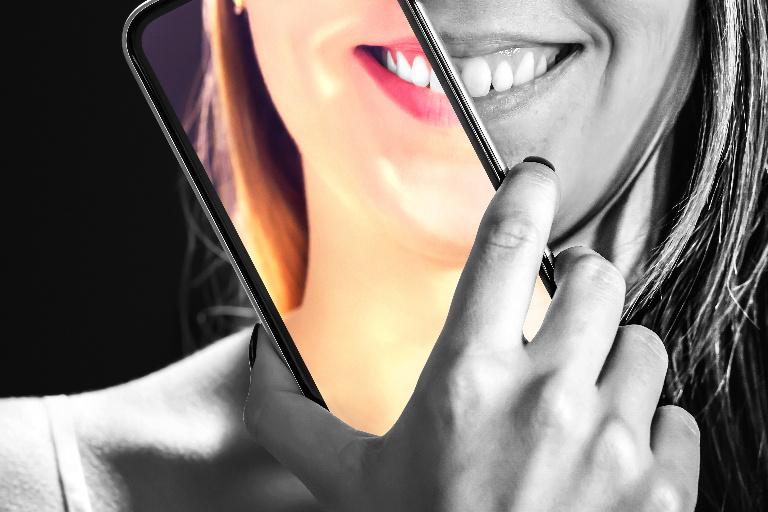
Beauty and Self: Identity and Beauty in American Culture

Emily Esola
Kelley School of Business
As experienced navigators of the image-saturated space of social media, members of Gen-Z have a sophisticated understanding of how pervasive beauty standards in our visual culture influence our self-perception. Collectively, Gen-Z has been vocal in opposing individuals or organizations that perpetuate unrealistic body standards as part of a larger struggle to shift societal standards towards a more inclusive and diverse definition of beauty.
Even as this generation is known for changing the conversation around beauty, a narrowly defined beauty norm still persists, and the multibillion-dollar beauty industry continues to thrive. The harmful effects of social media on individual and collective well being has become common knowledge, increasingly confirmed by anecdotal and empirical evidence. We’ll launch our course in this present moment to consider the possibilities of radical social and cultural change around beauty.
How might Gen-Z impact the future of beauty? Is real change possible? To begin to formulate a response to this inquiry, we will explore a host of foundational questions:
- What is a beauty standard or norm?
- How are beauty norms reflected in our society and culture?
- How do beauty standards influence our self-perception or identities?
- What is the role of media representation in establishing beauty norms?
- How did we arrive at the beauty norms we have today—what are the historical, social, and cultural contexts that have shaped American understandings of beauty?
- How are an individual’s intersecting social identities (gender, race, socioeconomic class, sexuality, ability, nationality etc.) impacted by culturally dominant standards of beauty?
Along the way, we’ll read novels and short stories, watch films and documentaries, listen to popular music, analyze the social media pages of beauty influencers and celebrities, visit the IU Art Museum, and more. Together, we’ll look closely at these cultural objects in order to dive deeper into a range of topics, including: Female Beauty; The Western Ideal of Beauty; Racialized Beauty Norms and Colonialism; Mass Media Conglomerates, Advertising Firms, and Globalization; Feminist Responses to Beauty Norms; Masculinity and Incel Culture; and Beauty as it relates to Business and Work Culture.
Catalog Information: HON-H 232 MEANINGFUL WRITING

